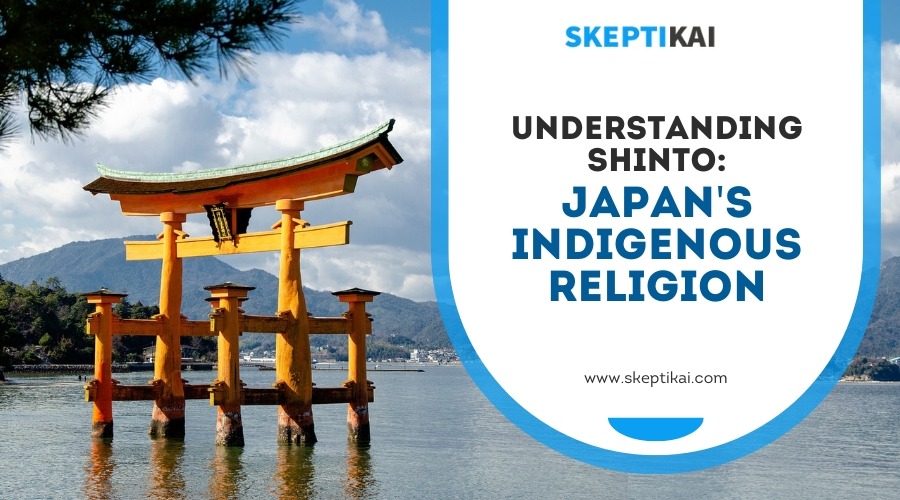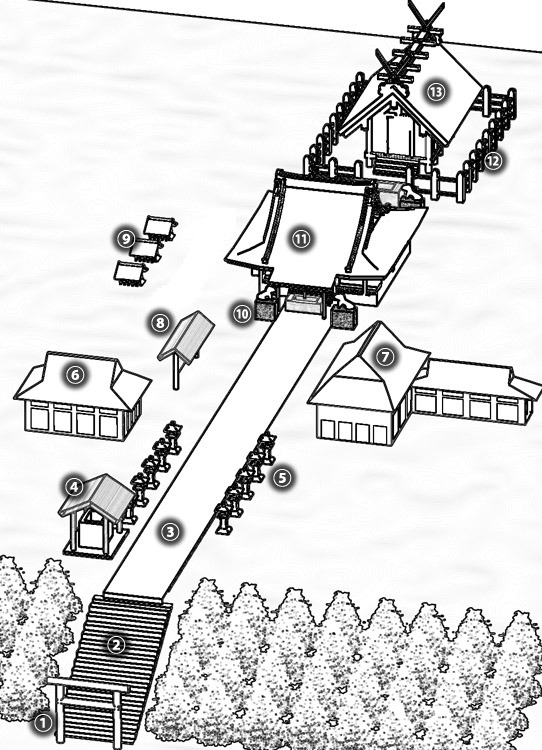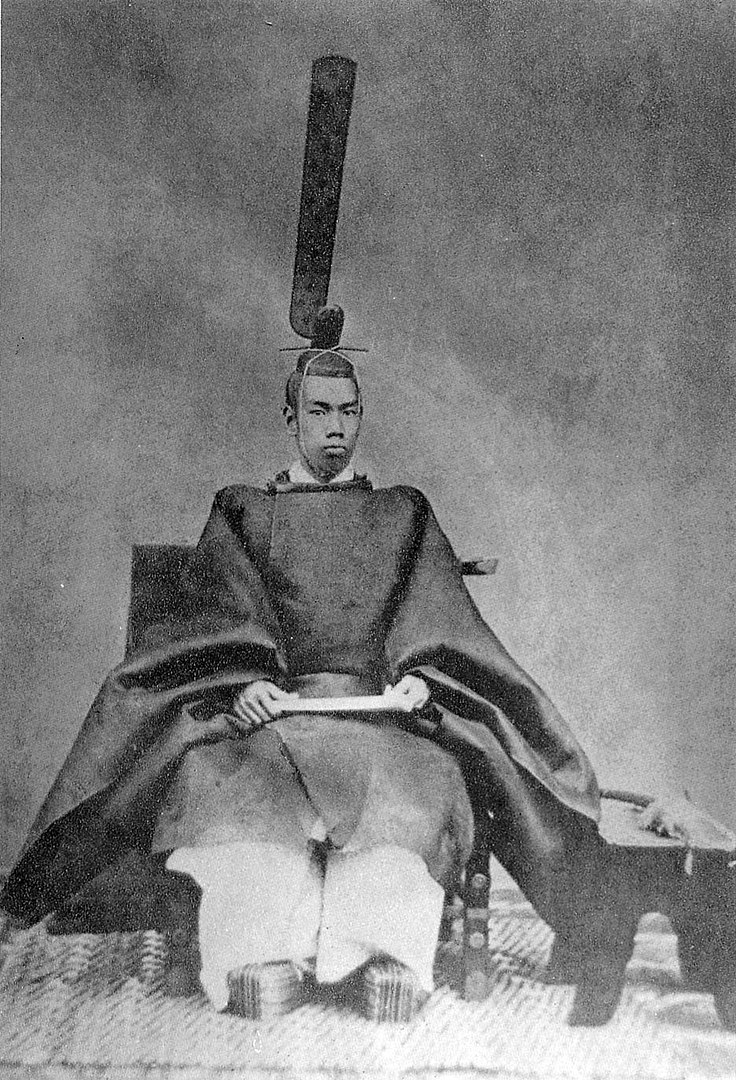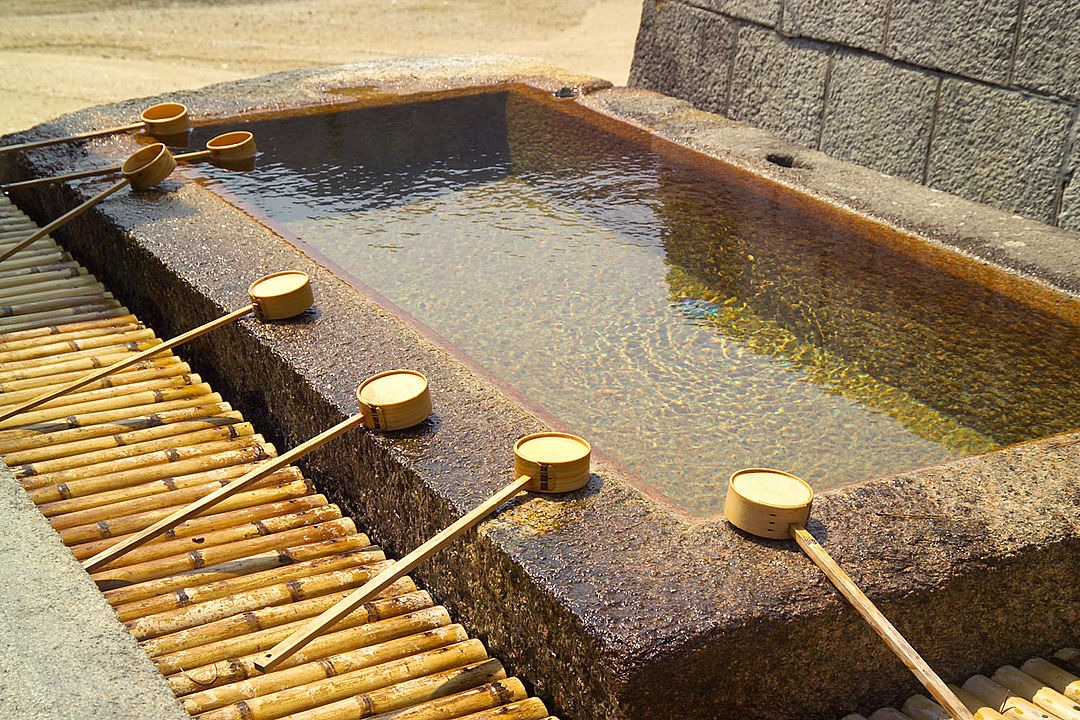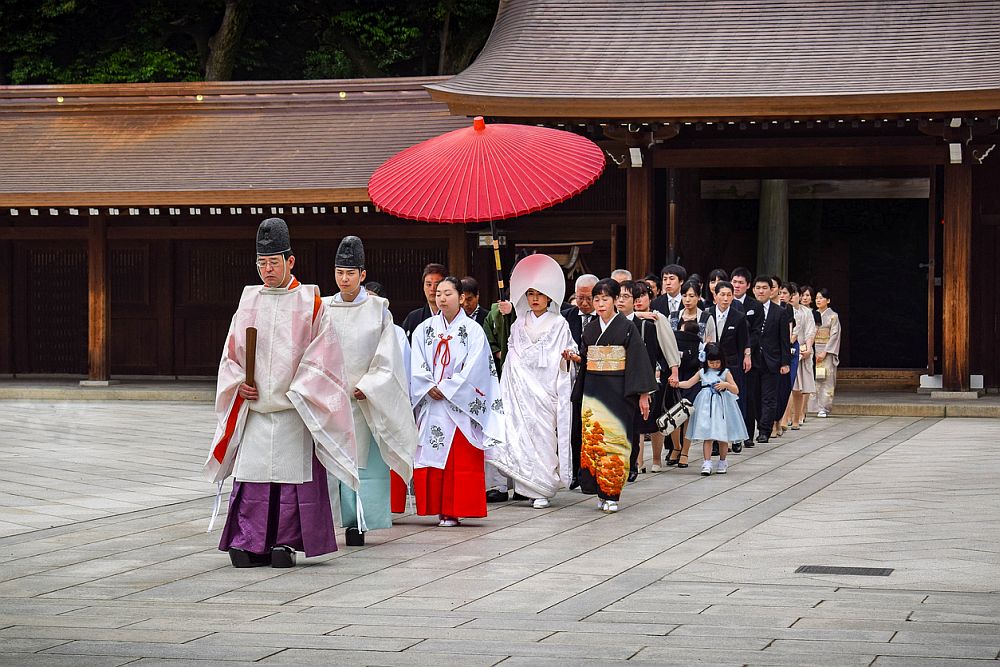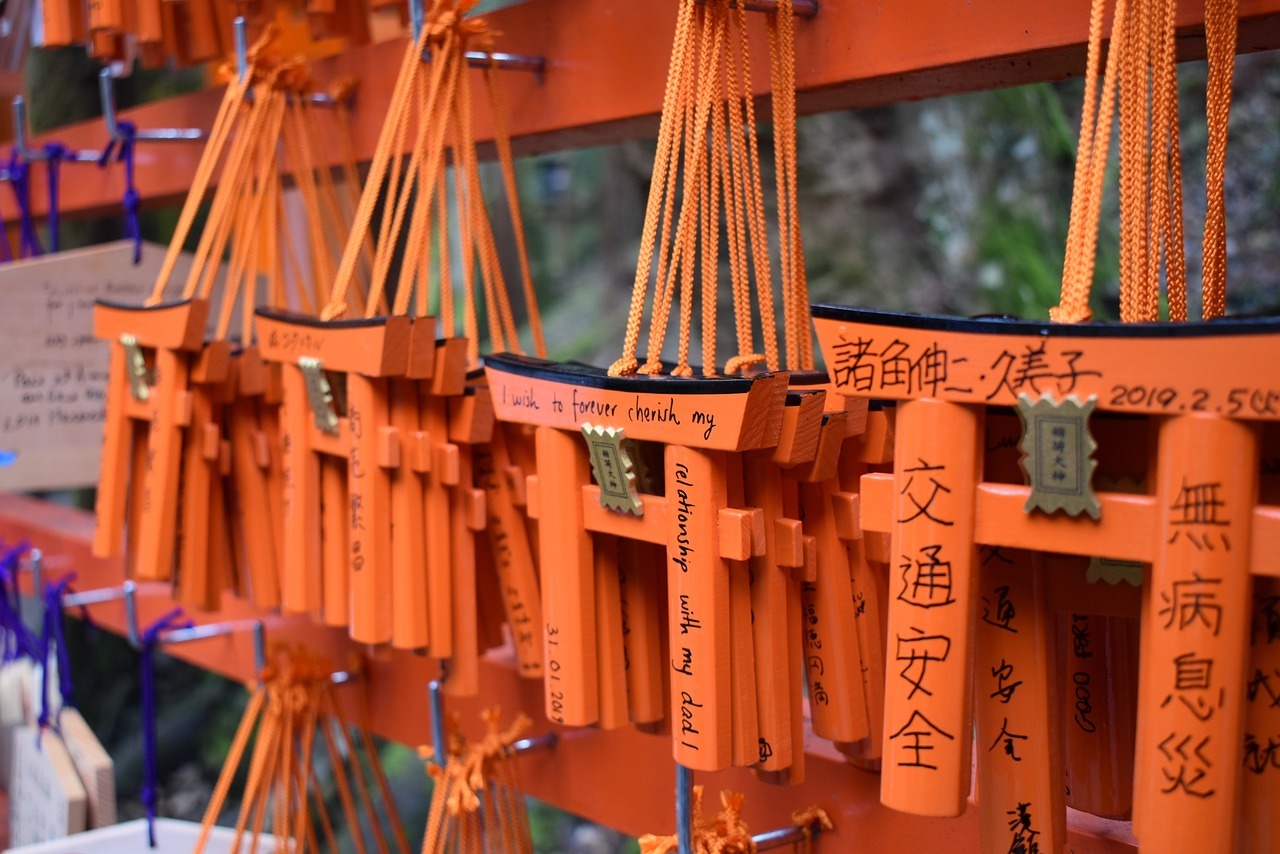Imagine stepping into a serene Shinto shrine, where the air is filled with the scent of incense and the presence of kami seems almost tangible. As you explore this ancient faith, you’ll find that Shinto is not just a religion but a way of life that intertwines with Japan’s culture and natural landscape.
You might wonder how such a belief system has influenced Japanese society over the centuries and what practices and rituals sustain its followers. Let’s embark on a journey to uncover the essence of Shinto, understanding its core beliefs and the role it plays in modern Japan and beyond.
The Essence of Shinto
At its core, Shinto centers on the profound belief in kami, which are divine spirits woven into the fabric of nature and revered in everyday Japanese life. These kami aren’t just abstract entities; they’re integral to understanding the world around you if you’re delving into Japanese culture. They manifest in the natural world – mountains, waterfalls, and even within man-made shrines, making the landscape of Japan alive with spiritual significance. It’s through these manifestations that you find a unique connection to the divine.
Shinto doesn’t bog you down with a fixed moral code or the concept of an afterlife. Instead, it invites you to focus on the present, encouraging a harmonious relationship with nature and emphasizing the importance of ancestral connections. Your participation in Shinto rituals and practices isn’t just about following traditions; it’s about nurturing a deeper bond with the environment and recognizing the spiritual essence that permeates the natural world.
This reverence for kami shapes societal norms and influences daily life in Japan, making Shinto not just a religion but a way of living that celebrates the interconnectedness of all things. Through Shinto, you’re invited to see the world in a more spiritual and interconnected light, where every aspect of nature holds a divine significance.
Historical Development
Exploring the historical roots of Shinto reveals its origins in the Yayoi period in Japan, around the 3rd or 2nd century BCE. This era marked a pivotal moment in Japanese history, laying the foundation for a spiritual practice centered around kami worship. As you delve deeper into Shinto’s evolution, you’ll find that its trajectory is deeply intertwined with the broader currents of Japanese history.
Fast forward to the Meiji era, and Shinto undergoes a significant transformation. During this period, it was established as the state religion of Japan, profoundly influencing various societal aspects. This era represented a time when Shinto’s principles were woven into the fabric of Japanese identity, further solidifying its role in the nation’s culture.
However, the aftermath of World War II brought about a pivotal change. Following Japan’s defeat, Shinto was separated from the state, marking a shift in its status and influence. Despite this, the religion’s essence, particularly its kami worship, remains a vital part of Japanese life, with around 100,000 public shrines standing testament to its enduring legacy. Moreover, Shinto’s reach extended beyond Japan’s borders, spreading to other East Asian regions as the Japanese Empire expanded, showcasing its influence on a broader scale.
Core Beliefs and Kami
Central to Shinto’s spiritual framework is the belief in kami, divine spirits that inhabit the natural world and influence human life. These kami aren’t just omnipotent beings looming from afar; they’re woven into the very fabric of existence, residing in mountains, rivers, animals, and even within your ancestors. It’s a concept that underscores a profound respect for nature, pivotal to Shinto beliefs and deeply embedded in Japanese culture.
As an indigenous Japanese faith, Shinto doesn’t rely on sacred scriptures to dictate its principles. Instead, it’s the lived experiences and traditions that transmit the reverence for kami from one generation to the next. These divine spirits are seen as powerful and influential, yet they’re approachable, part of your daily life and community. Shinto rituals, therefore, aren’t just ceremonies; they’re acts of communication, ways to honor and connect with kami for blessings and protection.
Understanding Shinto and its core beliefs offers a unique lens through which to view the world, one that highlights the interconnectedness of all beings. It’s a reminder of the balance and harmony that can be found in respecting the natural and spiritual realms intertwined through the concept of kami.
Sacred Shinto Practices
Shinto practices, deeply rooted in tradition, include purification rituals and offerings to kami, reflecting a profound respect for the divine. When you step into a shrine, you’re entering a world where every gesture and offering carries deep significance. Shinto priests preside over purification rites, employing water, salt, and prayers to cleanse impurities. This act isn’t just about physical cleanliness; it’s a spiritual reset, preparing you to connect more deeply with the kami.
Offerings play a crucial role in this connection. You might see food, sake, and symbolic items laid out meticulously at shrines. These aren’t mere gifts; they’re expressions of gratitude and respect towards the kami, woven into the fabric of Shinto worship.
Consider these practices that stir emotions and evoke a sense of awe:
- Purification rites cleanse both the physical and spiritual realms, creating a pure space for worship.
- Kagura dances at shrines aren’t just performances; they’re acts of devotion, bringing stories of the kami to life.
- Shinto festivals, or Matsuri, celebrate the kami with processions and music, often set against the breathtaking backdrop of Japan’s natural settings.
These sacred Shinto practices invite you into a world where the divine is honored in every detail, from the purity of a shrine to the reverence of a dance.
Rituals and Festivals
Rituals and festivals in Shinto, such as the vibrant Gion Matsuri, weave together community, tradition, and reverence, celebrating the seasons and honoring the kami with every dance step and offering. You’ll find the essence of Shinto in these gatherings, where purification rites using water and prayers open a connection to the divine. These rituals, integral to Shinto, cleanse both participants and spectators, preparing them to receive the kami’s blessings.
At the heart of these celebrations are offerings of food and sake, shared with the kami to express gratitude and seek their favor. Ritual dances and processions, often featuring elaborate costumes and dedicated performers, bring the stories of the kami to life, engaging you in a shared experience that transcends the ordinary.
Festivals like the O-bon honor ancestral spirits, with offerings and lantern ceremonies that illuminate the night, guiding spirits back to the otherworld. These moments not only connect you with the spiritual realm but also strengthen community bonds, as families and neighbors come together in preparation and celebration.
Through these rituals and festivals, you’re invited to participate in a cycle of gratitude and blessing, reinforcing the ties that bind the community to its traditions and the ever-present kami.
The Importance of Purity
In the heart of Shinto, maintaining spiritual purity is crucial before engaging with the divine. This unique aspect of Japan’s indigenous religion emphasizes the deep-rooted belief that cleanliness, both in spirit and environment, is essential to living in harmony with the kami. It’s not just about the physical act of washing; it’s a profound expression of respect and reverence.
Here’s why purity matters so deeply in Shinto:
- It Connects You to the Divine: Approaching kami without the proper purification rituals is considered disrespectful. By washing your hands, rinsing your mouth, and wearing clean clothes, you’re preparing yourself to stand before the sacred, showing your utmost respect and sincerity.
- Promotes Spiritual Cleanliness: Shinto believes that purity transcends the physical realm, touching the spiritual. This spiritual cleanliness is vital for a harmonious life, free from the disturbances of impure spirits.
- Ensures Shrine Cleanliness: The cleanliness of shrines and ritual spaces isn’t just for aesthetics. It’s a reflection of the community’s collective respect for the kami. This shared responsibility reinforces the bond between the community, the shrine, and the divine.
Shinto Shrines and Priests
Exploring the sacred spaces of Japan, you’ll encounter Shinto shrines, where priests perform rituals and connect with the divine. These shrines, or jinja, serve as the home for kami, the spirits worshipped in Shinto. With around 80,000 shrines across Japan, you’re never far from a place steeped in spiritual significance. Each shrine, distinguished by its architectural style and the presence of a torii gate, invites you to step into a realm where the human and the divine intertwine.
Shinto priests, known as kannushi or shinshoku, are the caretakers of these sacred spaces. They undergo rigorous training to perform rituals that honor the kami, wearing traditional white robes and headdresses that signify their role. Here’s a quick overview of what makes Shinto shrines and priests central to this indigenous religion:
| Feature | Description | Significance |
|---|---|---|
| Jinja | Sacred spaces for kami worship | Connects humans with the divine |
| Kannushi | Shinto priests | Conduct rituals and maintain shrines |
| Torii Gate | Marks the entrance to sacred grounds | Symbolizes the boundary between the physical and spiritual |
| Rituals | Ceremonies to honor kami | Essential for communicating with and receiving blessings from kami |
As you explore these shrines, you’re stepping into a world where every ritual and symbol bridges the gap between the earthly and the ethereal.
Shinto in Modern Japan
Despite its ancient origins, Shinto remains a vibrant part of Japan’s cultural and spiritual life today. You’ll find its influence in numerous aspects of modern Japan, from the lively festivals that light up the streets to the serene rituals that connect people to a world beyond our own. It’s not just about the grand ceremonies or the majestic shrines; Shinto weaves through the daily lives of many Japanese people, offering a sense of belonging and spiritual continuity in a rapidly changing world.
Here are three ways Shinto touches the hearts of those in modern Japan:
- Personal Connections: Many have home shrines, creating a daily ritual of reverence and reflection that strengthens familial bonds and personal well-being.
- Festivals and Rituals: These events aren’t just cultural spectacles; they’re emotional experiences that unify communities and celebrate the seasons, life’s milestones, and the kami.
- Shinto Weddings: Combining tradition with contemporary values, these ceremonies symbolize not just the union of two people, but the harmonious blending of spiritual beliefs and cultural traditions.
Shinto practices in modern Japan serve as a bridge between the past and present, embodying a deep reverence for nature, ancestry, and the spiritual world, ensuring that these ancient traditions continue to thrive in the hearts of the people.
Shinto Beyond Japanese Borders
Shinto’s reach extends far beyond Japan’s shores, finding a place within the hearts and cultures of people in countries like Taiwan, Korea, and China. This export of Shinto has led to fascinating local adaptations, merging seamlessly with existing beliefs, including Buddhism, to create unique forms of spiritual expression. You’ll find that Shinto practices have left their mark on art, architecture, and cultural traditions far from their Japanese origins, showcasing the religion’s adaptability and universal appeal.
In these regions, Shinto shrines serve local communities, providing a space for those interested in Japanese spirituality to engage with Shinto practices. This global spread illustrates Shinto’s ability to resonate across different cultural settings, without losing its essence. Whether it’s Shrine Shinto or Folk Shinto, the core values and rituals find their place, adapted to local tastes yet still distinctly Japanese religious practices at heart.
The influence of Shinto outside Japan highlights not just its spiritual significance but also its role in cultural exchange, proving that Shinto isn’t confined to Japanese borders but is a growing, living tradition that continues to touch lives worldwide.
Future of Shinto Tradition
As we’ve seen Shinto’s influence stretch across borders, it’s crucial to consider its trajectory and how it will shape the future of Japan’s spiritual landscape. Shinto, deeply intertwined with Japanese cultural identity, faces modern challenges that test its resilience. Amidst these, efforts to preserve the essence of Shinto and its myriad sects are more vital than ever.
- Adaptation and Evolution: The blending of Shinto values with modern lifestyles showcases an admirable evolution. This adaptation ensures that Shinto remains relevant, addressing the changing societal values while retaining its core principles.
- Education and Engagement: Initiatives aiming to educate the younger generation about Shinto’s significance are pivotal. They kindle a sense of responsibility and connection with this ancient tradition, ensuring its continuity.
- Collaboration with Buddhist Influence: The historical intertwining with Buddhism offers a unique perspective on religious harmony and mutual enrichment. This relationship could provide a blueprint for addressing contemporary challenges and enhancing the spiritual fabric of Japan.
The future of Shinto tradition hinges on these concerted efforts to preserve, adapt, and educate. As societal values evolve, so must the approaches to keeping Shinto an integral part of Japan’s spiritual and cultural identity.
Conclusion
As you’ve explored, Shinto, Japan’s indigenous faith, deeply influences the nation’s culture with its unique practices and belief in kami. This spiritual path emphasizes purity, celebrates natural phenomena, and upholds sacred rituals, shaping both individual and community life.
While it’s deeply rooted in Japan, Shinto’s essence is spreading globally, inviting a future where its traditions evolve yet remain true to their core. Embracing Shinto means connecting with a rich, spiritual heritage that continues to thrive in modern times and beyond.
